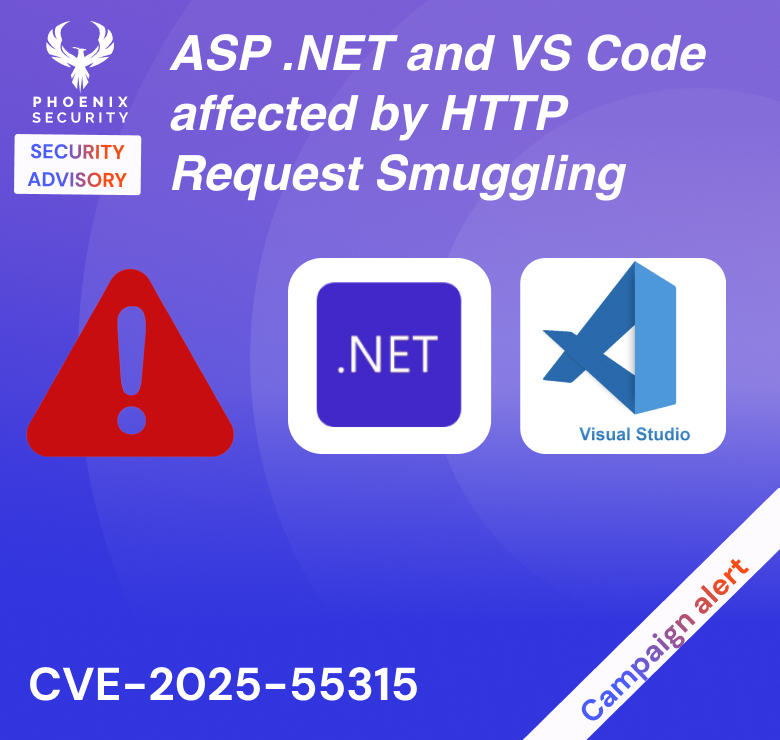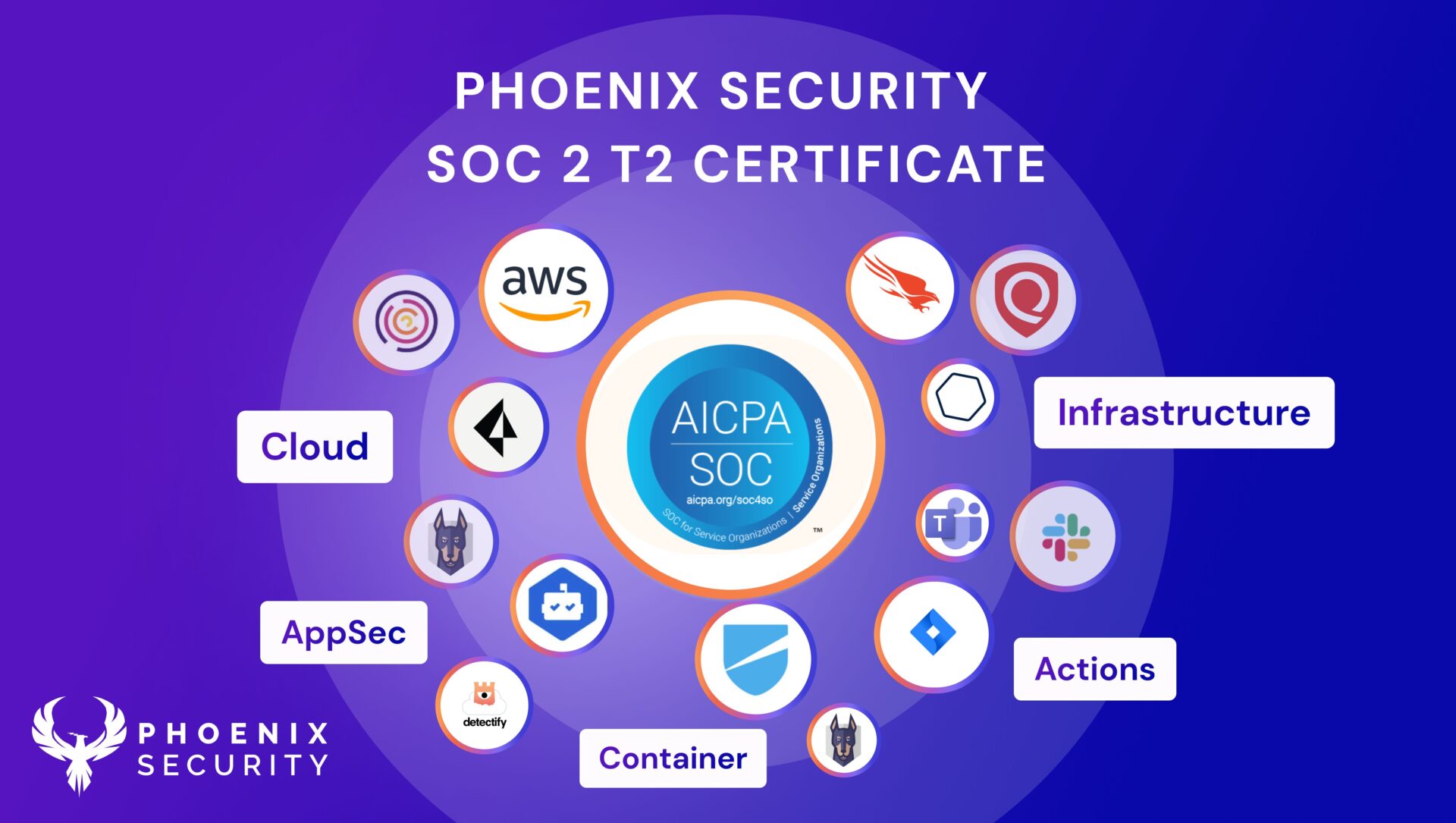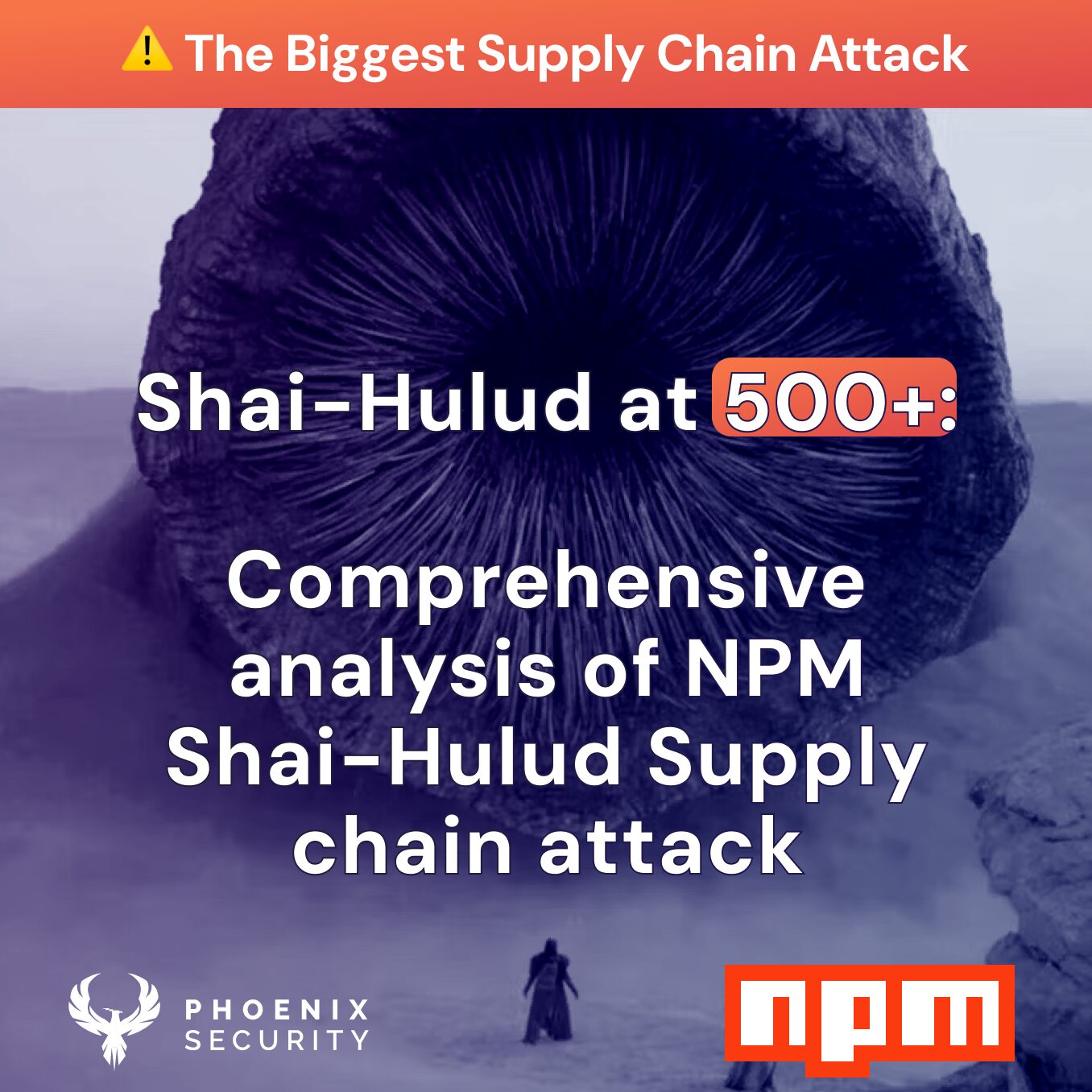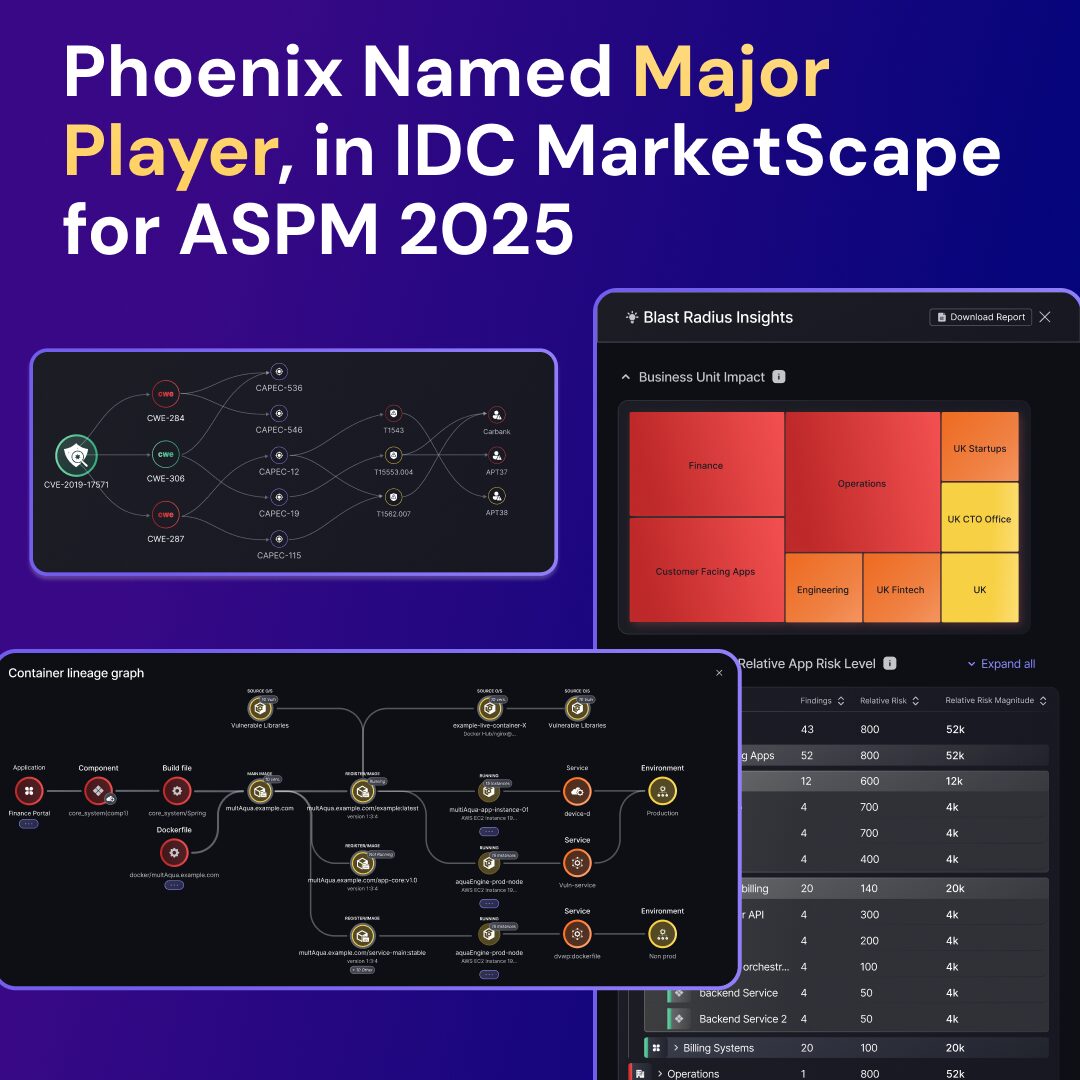LONDON, England (20 May 2023) — Phoenix Security, a pioneer in cybersecurity and application security posture management (ASPM), today announced the launch of its revolutionary platform featuring the world’s first real-time contextual 4-dimensional risk formula. This cutting-edge innovation promises to transform vulnerability management by integrating dynamic canaries within cloud formations or other Infrastructure as Code, allowing unprecedented precision in the prioritization of software risks. The risk formula unified with the level of customization of the individual factors has provided Phoenix security clients with an unprecedented level of customization and control.

The new 4D risk formula is a sophisticated framework that evaluates threats based on four crucial dimensions:
- Business Context (Dimension 1): Assesses how critical the software is to business operations.
- Dangerousness of the Vulnerability (Dimension 2): Uses standards such as CWE and CVE to gauge the severity of vulnerabilities, including those not yet publicly disclosed.
- Probability of Exploitation (Dimension 3): This dimension considers factors like the likelihood of exploitation in the wild, the presence of exploits, and the weaponization of those exploits, including zero-day threats.
- Deployment Context (Dimension 4): Determines where the application is run, utilizing contextual canary tokens to prioritize vulnerabilities in production versus non-production environments and their exposure levels.
Phoenix Security ASPM enables organizations to tailor these dimensions to their specific needs, defining the weight of each factor through a customizable AI-driven algorithm. This approach not only enhances the understanding of cyber risks but also allows for more informed decision-making regarding security measures.
Francesco Cipollone, CEO and founder of Phoenix Security ASPM, stated, “This innovation isn’t just an advancement in technology—it’s a paradigm shift in how we perceive and react to cyber threats. By providing real-time, context-driven insights, we empower businesses to not only defend against vulnerabilities but to do so with a precision that was previously unimaginable.”
Phoenix Security is also proud that the Actionable ASPM risk formula can deliver real actions with objectives and is transparent to the users and developers
With risk objective product owners and ciso can have a clear view of how many vulnerabilities need to be solved to reach a specific objective

The introduction of this ASPM solution is part of Phoenix Security’s commitment to staying at the forefront of cybersecurity, providing actionable insights that help technical teams and executives protect their critical assets efficiently.

The transparency of the risk formula guarantees that both product owners can see why a product is at risk and engineers can see why a finding and a vulnerability were raised with the specific risk level

To learn more about this transformative technology or to schedule a demonstration, visit Phoenix Security and Request a Demo.


















